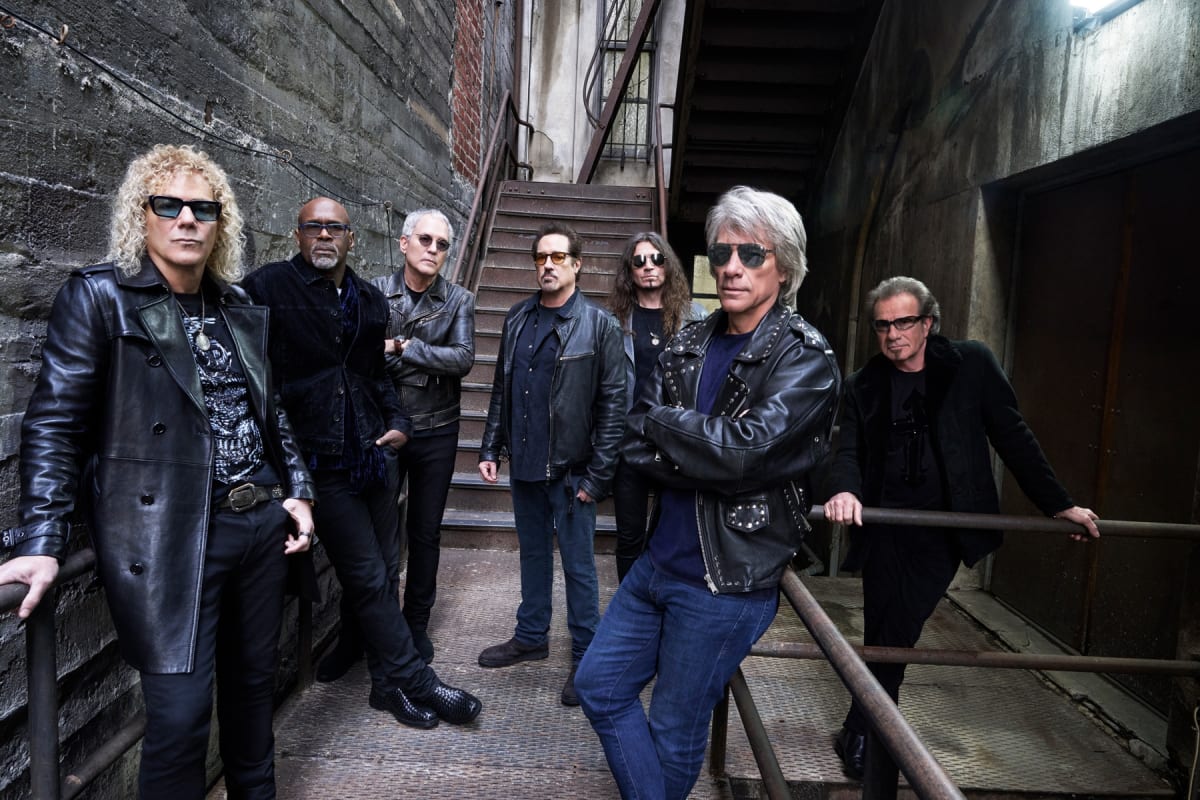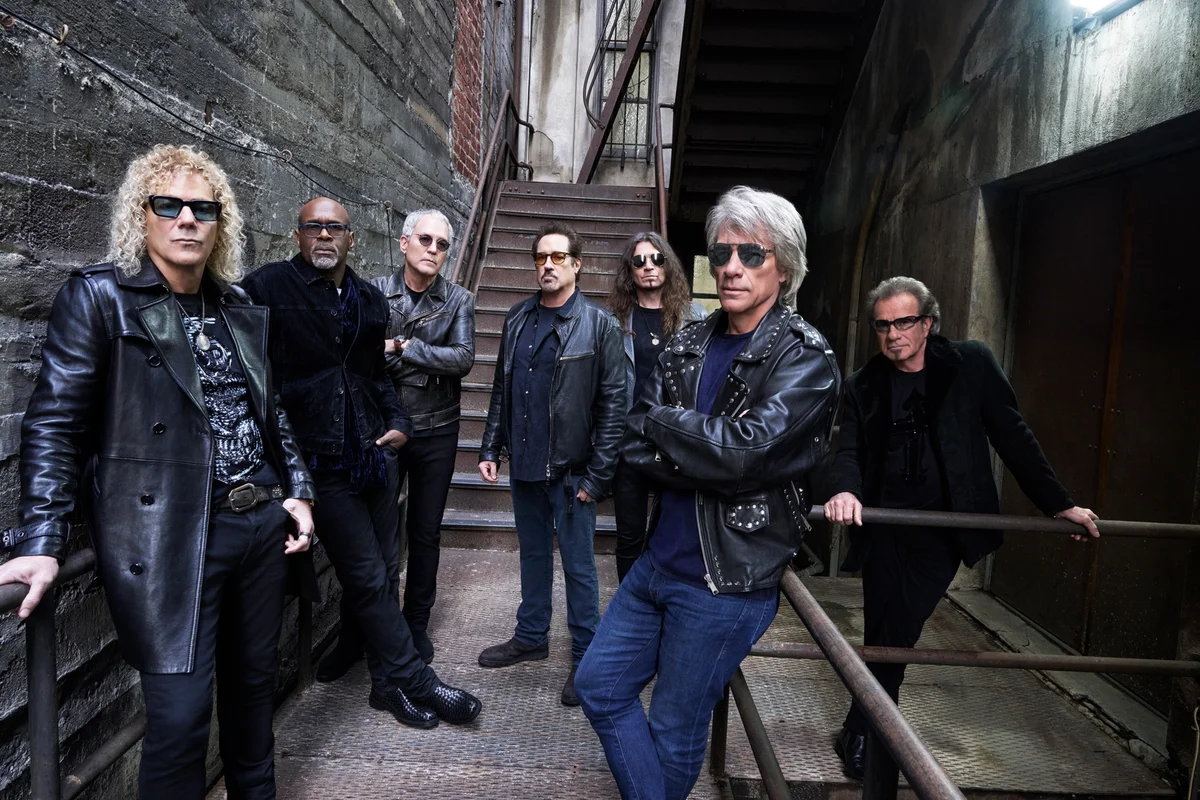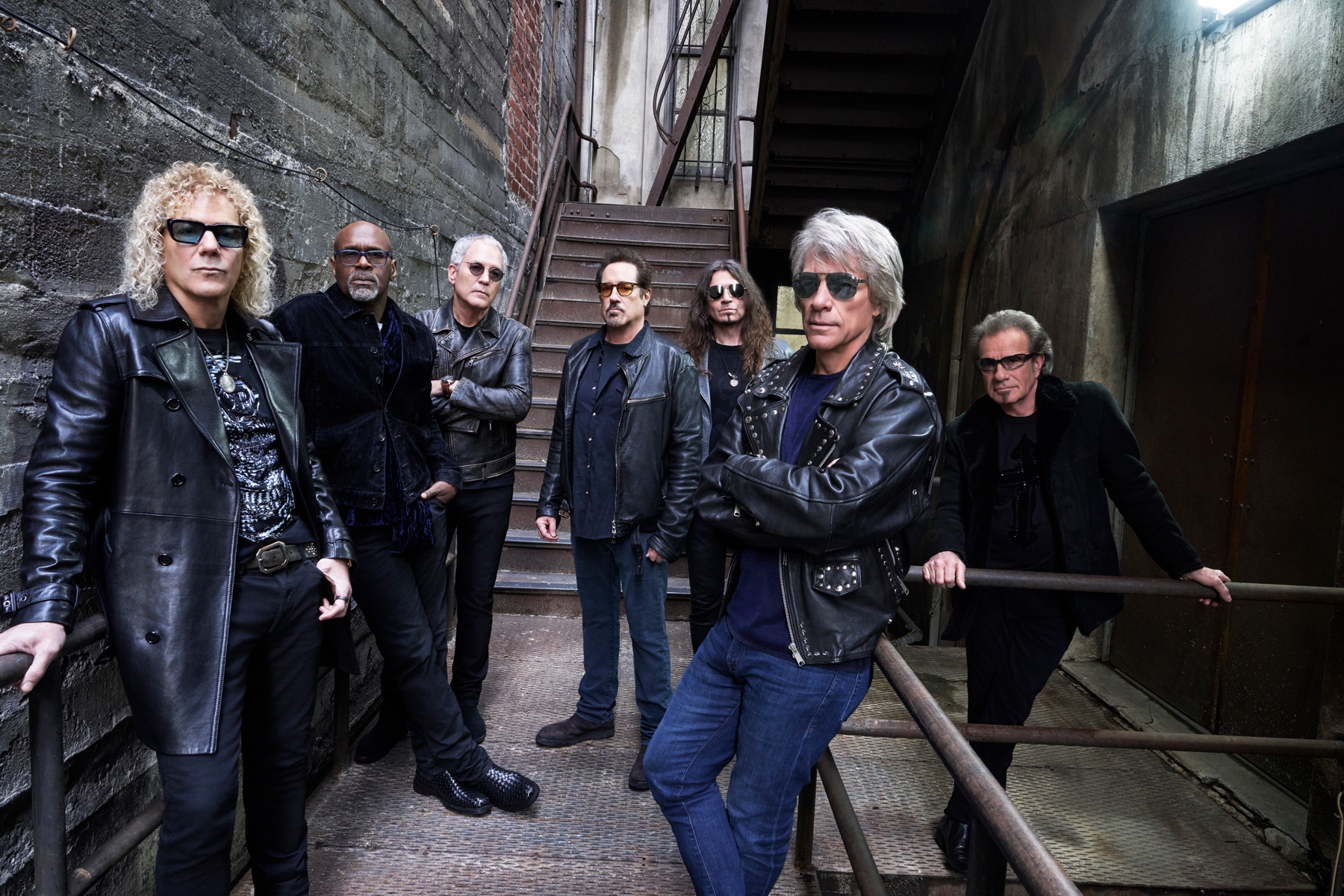
My Chemical Romance
Wednesday, Jul 8, 2026
19:00:00
, London
Wembley Stadium stands as more than just a sporting arena; it's a colossus of British culture, an iconic landmark that has echoed with the roars of football fans and the thunderous applause of music lovers for generations. Located in the heart of London, this colossal venue is synonymous with the nation's biggest events. Its sheer scale is breathtaking, promising an unforgettable experience for anyone lucky enough to witness a concert within its hallowed walls. Wembley's significance transcends mere capacity; it is a place where history is made, where dreams are realized, and where the spirit of live performance reaches its grandest zenith.
The story of Wembley Stadium begins not with music, but with empire and the pursuit of sporting excellence. The original Wembley Stadium, then known as the Empire Stadium, was built for the 1924 British Empire Exhibition. Designed by architects Sir John Simpson and Maxwell Ayrton, it was intended as a permanent showcase of Britain's imperial might. Constructed from concrete and steel, its twin 130-foot towers, topped with iconic Tudor crowns, became instantly recognizable symbols. It was officially opened by King George V on April 28, 1923, though its initial construction was a rush to meet the exhibition deadline. The stadium was designed with a unique, almost ecclesiastical feel, a testament to the architectural styles of its time, and it quickly became the spiritual home of English football, hosting its first FA Cup Final in 1923 – the legendary "White Horse Final."
Over its long and storied existence, the original Wembley Stadium was a stage for countless pivotal moments in British history, both sporting and cultural. It was the venue for five European Cup Finals, the 1966 World Cup Final where England triumphed, and legendary concerts that have left an indelible mark on musical history. The stadium's pre-music history is deeply intertwined with the development of national identity and sporting achievement, setting a precedent for the scale and significance of events it would later host. Its ability to command the attention of hundreds of thousands, and later millions, cemented its status as a national treasure. The eventual demolition of the old stadium in 2000 and the subsequent construction of the new Wembley marked a new era, aiming to preserve and elevate this legacy for the 21st century.
The sheer scale and grandeur of Wembley Stadium have always attracted the world's biggest artists, transforming the hallowed turf into a celestial stage. Its capacity for immense crowds and its legendary status mean that any artist performing here is etching their name into a pantheon of musical giants.
The Unique Selling Proposition of Wembley Stadium as a live music venue lies in its unparalleled capacity to deliver grand-scale, awe-inspiring spectacles that resonate with national and global significance. It’s not just a concert; it's an event of monumental proportions, a shared experience for tens of thousands that feels both intensely personal and profoundly collective.
Here are just a few of the iconic performances that have defined Wembley's musical legacy:
These performances, and countless others, underscore Wembley's role not just as a venue, but as a crucible for unforgettable live music experiences. The roar of the crowd, the sheer spectacle, and the shared joy of tens of thousands of fans create an atmosphere that is truly unique to this hallowed ground.
Numerous bus routes serve the Wembley area, providing extensive coverage. Key routes include:
Buses typically drop off within a short walking distance of the stadium.
Wembley Stadium operates a strict controlled parking zone on event days. It is highly recommended to pre-book parking well in advance. On-site parking is managed by Wembley Park.
Wembley Stadium is committed to providing an accessible and enjoyable experience for all visitors.
Visitors requiring specific assistance are encouraged to contact the venue's accessibility team in advance of their visit.
Wembley Stadium has a maximum seated capacity of **90,000** for football matches and similar sporting events. For concerts, this can be increased to **around 98,000** with the addition of a pitch standing area.
Wembley Stadium is best reached by Tube or National Rail. The nearest Tube stations are Wembley Park (Jubilee and Metropolitan lines, 5-minute walk) and Wembley Central (Bakerloo line and Overground, 15-minute walk). National Rail services stop at Wembley Stadium station, adjacent to the venue. Numerous bus routes also serve the area.
Yes, Wembley Stadium is highly accessible for wheelchair users. It offers dedicated accessible seating, lift access to all concourse levels, and accessible toilet facilities. Accessible parking must be pre-booked.
Door opening times vary for each event. It is crucial to check your ticket or the official Wembley Stadium website for the specific event's door opening time. Generally, it is advisable to arrive at least 1-1.5 hours before the scheduled start time.
On-site parking at Wembley Stadium is available through the official Wembley Park car parks (Yellow, Red, Blue), which must be pre-booked. It is strongly advised to book parking well in advance of event days. Off-site parking options exist, but may involve longer walks and higher costs on event days.

Wednesday, Jul 8, 2026
19:00:00

Friday, Jul 10, 2026
20:00

Saturday, Jul 11, 2026
20:00

Friday, Jul 31, 2026
20:00

Saturday, Aug 1, 2026
20:00

Sunday, Aug 2, 2026
19:00:00

Friday, Aug 14, 2026
20:00

Saturday, Aug 15, 2026
20:00

Sunday, Aug 16, 2026
19:00:00

Tuesday, Aug 18, 2026
20:00

Wednesday, Aug 19, 2026
20:00

Friday, Sep 4, 2026
20:00

Sunday, Sep 6, 2026
19:00:00

Wednesday, Sep 9, 2026
20:00